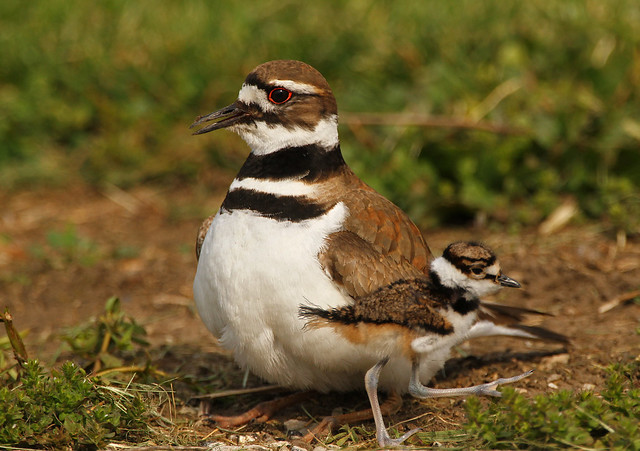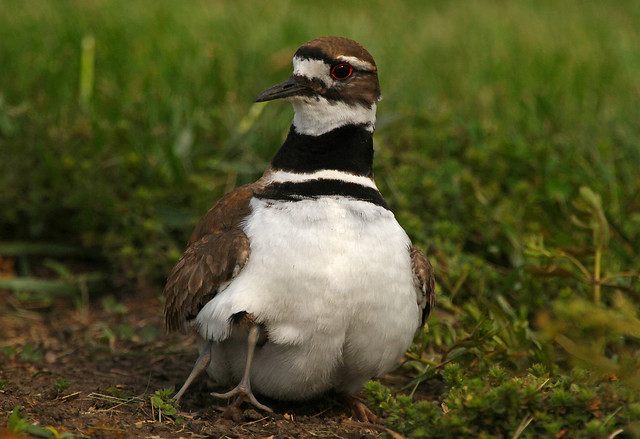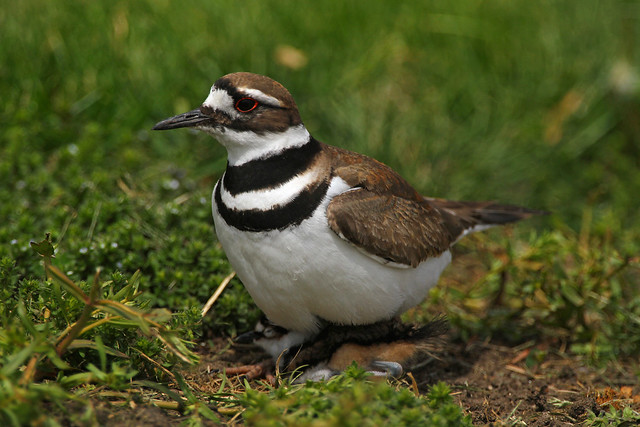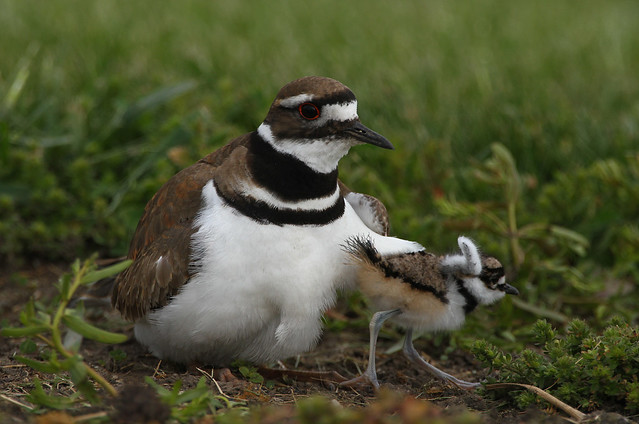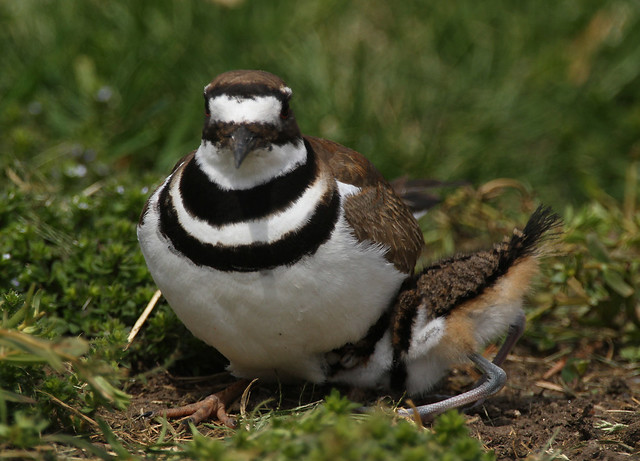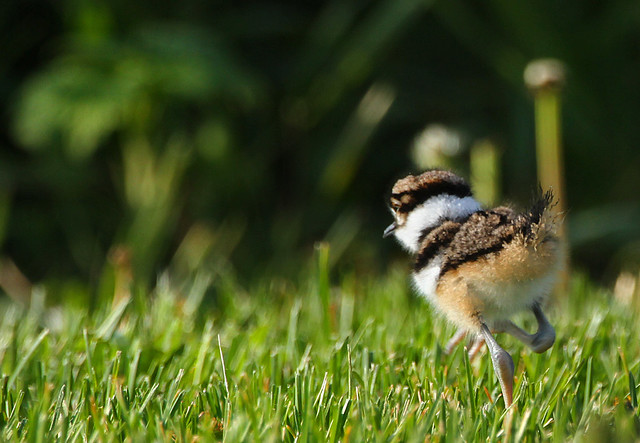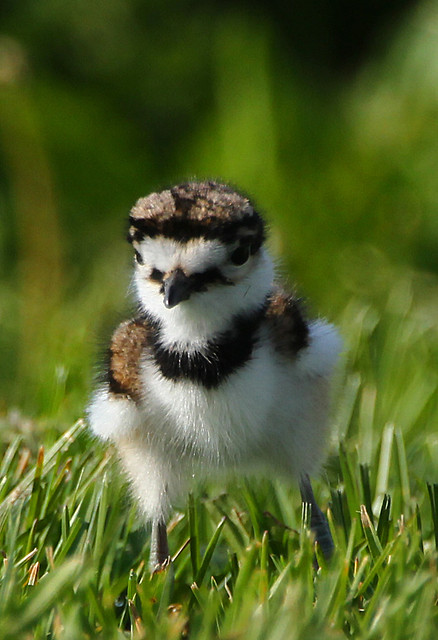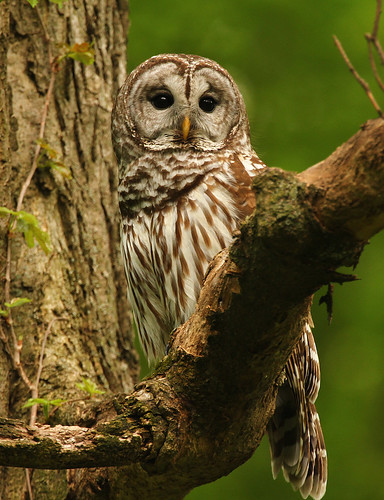I don't normally post "people" pics, but this one is quite special! Baby Fiona was such a great lil model that I had to share this creation with everyone. This is the Birth Announcement I created today after a wonderful photo session, where she couldn't have been any cuter...This photographer couldn't be any happier to announce the arrival of such a precious baby girl to our family!
Tuesday, April 24, 2012
Friday, April 20, 2012
Moon Units
Monday, April 16, 2012
Leucy - Leucistic Red-tailed Hawk
This extremely elusive Leucistic Red-tailed Hawk was caught off guard while I finally got to take aim at semi-close range. It always flushes, but not too quick today! I love his wing pattern which seems so symetrical for a leucy...
NOTE: Alot of us locals know about the leucistic red-tailed hawk ("Whitey") in Channahon IL which has been photo'd by many. This one is about 20-ish miles from him.
Leucism is a condition characterized by reduced pigmentation in animals. Unlike albinism, it is caused by a reduction in all types of skin pigment, not just melanin.
Saturday, April 14, 2012
Barred Owl
This resident of a local forest who I haven't seen in a few months surprised me today with a visit. It is usually quite tolerant of me and my gear, but this time only stayed for a few clicks. I was lucky enough for him to pose in a clearing under overcast skies but the lighting seemed quite perfect. Full frame cropped to vertical and only minimal sharpening.
Wednesday, April 11, 2012
Great-horned Owlets
I had a pretty good position with these cuties this morning, as most days, they prefer to sit with their backs to me.
Labels:
great horned owl,
grundy county,
owlets
Monday, April 9, 2012
Pileated Woodpecker - Female
I finally got my close encounter with a resident Pileated Woodpecker in my neck of the woods. I was watching Yellow-bellied Sapsuckers work some trees when this gal silently flew in to inspect this tree. Lucky for me I saw her sneak into a cavity, so then I waited for her to come out and here is the shot!
The Pileated Woodpecker is one of the biggest, most striking forest birds on the continent. It’s nearly the size of a crow, black with bold white stripes down the neck and a flaming-red crest. Look (and listen) for Pileated Woodpeckers whacking at dead trees and fallen logs in search of their main prey, carpenter ants, leaving unique rectangular holes in the wood. The nest holes these birds make offer crucial shelter to many species including swifts, owls, ducks, bats, and pine martens.
Friday, April 6, 2012
More Struttin...
A Scenic...
...and a backlit.
Two different gobblers just a few acres away. What you can't see is 2 jakes apiece, strutting their stuff also.
You can identify jakes by their shorter beards.
On another note, getting close to turkeys is not an easy task. Turkeys have great eyesight, and just a small flinch in the field will send them running. All of these shots are taken out my car window, which is tough on its own. You stop your car to shoot, and they run. These guys were semi-cooperative because of the distance between us, although the backlit one was about as close as I have ever gotten. A moment and a few frames fired off is about as good as it gets with my tactics, so I make them count with a steady shutter if I'm lucky...
Wednesday, April 4, 2012
Mixin it Up a Bit...
I've got more owlets and more strutting turkeys, but for the sake of variety I bring you: Toadshade!
Toadshade, also known as Toad Trillium and Red Trillium, is an early spring wildflower found in rich woods from western New York to Illinois, and south to Georgia and Mississippi.
It is a member of the Trillium family, all of which have leaves, petals and sepals in whorls of three.
Toadshade grows from 4-12 inches tall and blooms from March to May. The flowers are maroon to purplish brown.
Reportedly, the young leaves of the Trillium species may be eaten in salads or as a cooked green, but it is advisable not to do so because they are threatened or endangered in some states.
Labels:
lotus flowers,
toadshade,
woodland flowers
Tuesday, April 3, 2012
Subscribe to:
Posts (Atom)




